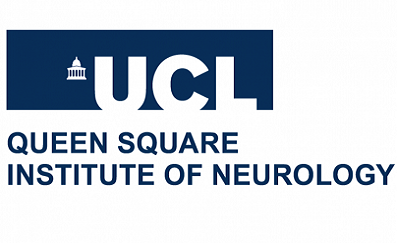Queen Square upper limb neurorehab programme publishes outcomes
News
The Queen Square have published the outcomes from their upper limb intensive neurorehabilitation programme for chronic stroke. Read the full article here.
“Objective: Persistent difficulty in using the upper limb remains a major contributor to physical disability post-stroke. There is a nihilistic view about what clinically relevant changes are possible after the early post-stroke phase. The Queen Square Upper Limb Neurorehabilitation programme delivers high-quality, high-dose, high-intensity upper limb neurorehabilitation during a 3-week (90 hours) programme. Here, we report clinical changes made by the chronic stroke patients treated on the programme, factors that might predict responsiveness to therapy and the relationship between changes in impairment and activity.
Methods: Upper limb impairment and activity were assessed on admission, discharge, 6 weeks and 6 months after treatment, with modified upper limb Fugl-Meyer (FM-UL, max-54), Action Research Arm Test (ARAT, max-57) and Chedoke Arm and Hand Activity Inventory (CAHAI, max-91). Patient-reported outcome measures were recorded with the Arm Activity Measure (ArmA) parts A (0–32) and B (0–52), where lower scores are better.
Results: 224 patients (median time post-stroke 18 months) completed the 6-month programme. Median scores on admission were as follows: FM-UL = 26 (IQR 16–37), ARAT=18 (IQR 7–33), CAHAI=40 (28-55), ArmA-A=8 (IQR 4.5–12) and ArmA-B=38 (IQR 24–46). The median scores 6 months after the programme were as follows: FM-UL=37 (IQR 24–48), ARAT=27 (IQR 12–45), CAHAI=52 (IQR 35–77), ArmA-A=3 (IQR 1–6.5) and ArmA-B=19 (IQR 8.5–32). We found no predictors of treatment response beyond admission scores.
Conclusion: With intensive upper limb rehabilitation, chronic stroke patients can change by clinically important differences in measures of impairment and activity. Crucially, clinical gains continued during the 6-month follow-up period.”

